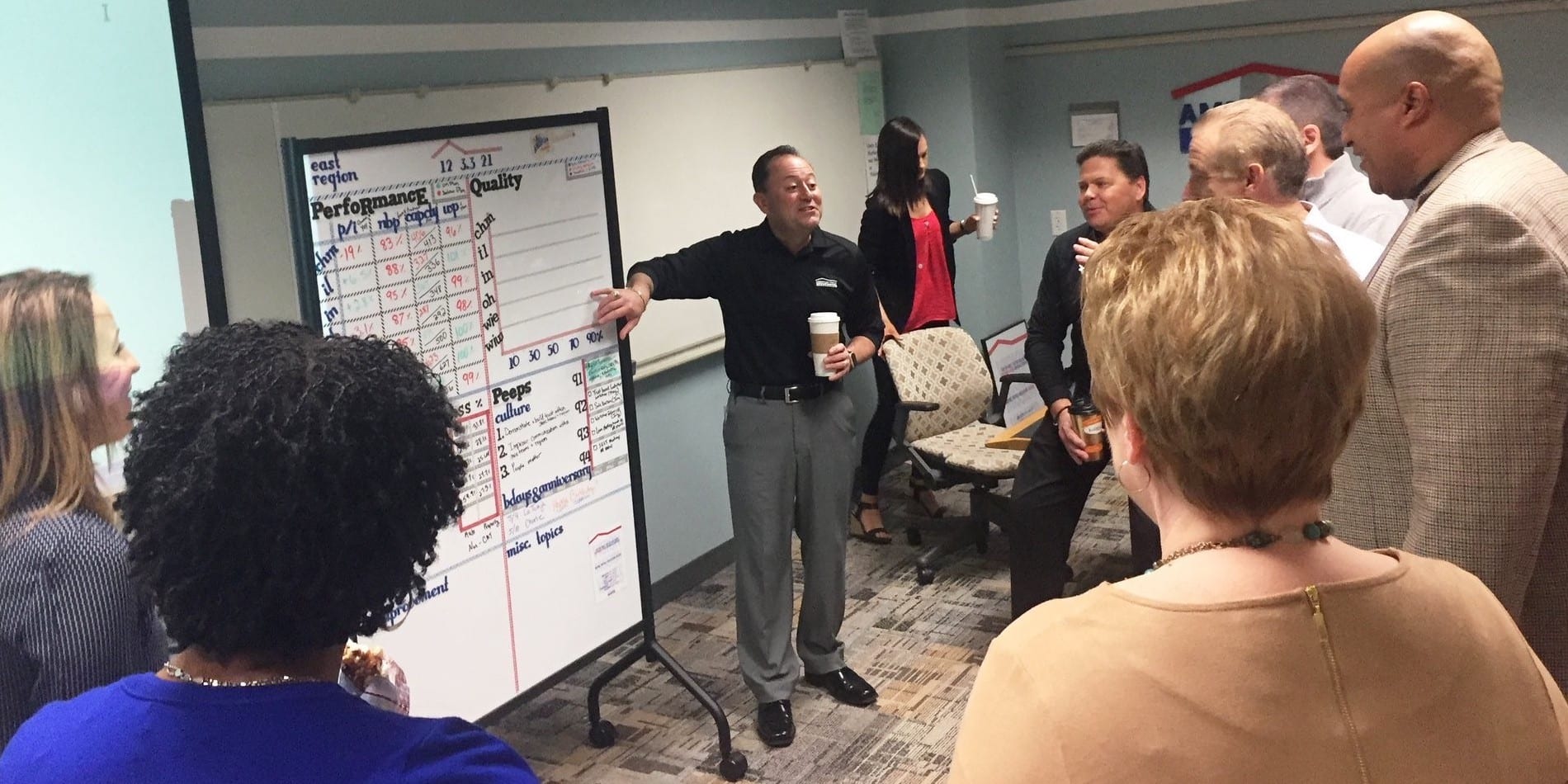
Leading by solving (the right) problems
FEATURE – Leading by solving problems is a key trait of any lean leader, but it is important to understand that not all problems are their prerogative.
Words: Juan Ruiz, President, Lean Institute Colombia
In a world that looks increasingly complex – with pandemics, wars, high cost of raw materials, currency fluctuations, the great resignation, and so on – it is tempting to throw our hands in the air and simply blame the context for all the problems our businesses encounter. The truth is that, while difficult, the context is not the problem – our attitude as leaders is.
It is true that we don’t have control over the circumstances around us, but we do have control over how we lead. There is a lot of talk in the lean world about turning everyone into a problem solver, but what about the types of problems each of us solves every day? As a leader, are you thinking about the strategy of the business and developing people or are you fighting fires all over the place?
Here in Colombia, we are working a lot with Art Smalley’s categorization of problems, popularized in his 2018 book, and find that organizations draw huge benefits from it. According to Smalley, there are four types of problems, organized in two categories: Troubleshooting (Type 1), Gap-from-standard (Type 2), Target State (Type 3), Open-ended and Innovation (Type 4). Type 1 and 2 are caused/reactive, while Type 3 and 4 are created/proactive. Smalley’s framework explains how we can’t expect to use the same approach to address all kinds of problems and highlights the importance of ensuring that the right people solve the right problems. For example, some problems can be easily fixed by rapidly returning things to standards (Type 1), a prerogative of front-line workers, whereas applying kaizen to take a standard to new heights requires deeper thinking and analysis and is a clear responsibility of leadership.
Let’s investigate this a little more. Type 1 and 2 are a prerogative of front-line staff, the value creators: as experts in the process, they are best placed to tackle these problems. Higher up in the organization, the nature of problems changes drastically: this is where we talk about the organization as a system, there are shareholders to report to, and strategic decisions to make. Here, leaders have the opportunity to create problems to foster improvement and even lead to innovation. Only this can place the organization on a path towards steady growth and ensure its future. Based on all this, at management level, the proportion of Type 1 and 2 problem is low, and that of Type 3 and 4 is high. Or at least it should be.

What we observe is that leaders routinely solve problems one or two levels lower than they should. They love to “get their hands dirty” on the gemba and be in the operations. It’s what they know, what they are most comfortable with. Lean Thinking teaches us that going to see and being present at the gemba are a fundamental part of being a leader, but that doesn’t mean the problems that appear there should also be for leaders to solve. At the front line, leaders should act as coaches, enabling people to solve the problems themselves. Unfortunately, this doesn’t happen very often, and leaders struggle to get out of their comfort zone. This is the real problem – not to mention the reason your diaries constantly have a million meetings and appointments in them.
LEAN LEADERS STRIVE TO IMPROVE THEIR LEADERSHIP STYLE
Leaders who go beyond short-term goals understand that they are a problem and that they need to develop and change themselves before they develop others and ask them to change. As Michael Ballé explains, leading with respect means to involve people in improvement activities and teaching them the art of problem solving; not solving problems on their behalf or spoon-feeding them answers. Trusting that people can do a good job attacking and solving Type 1 and 2 problems creates a strong bond with them and encourages the entire organization to embrace the kaizen spirit. Coaching and supporting people in their problem-solving activities is the ultimate form of respect.
Smalley said that “managing is incidental work that enables value creation”. But when does that incidental work start to create waste? When leaders – somewhat cowardly – go to gemba not to observe, ask questions, and provide guidance, but to fix Type 1 problems. Call it what you like – micro-management, traditional management, etc – this is not what a leader should do. The same is true for more “modern” managers, who go the opposite way and expect to manage only with phones and digital tools. For them, AI and tech can fix it all.

Leading by solving problem means solving the right problems – those, in other words, that we are actually responsible for. This isn’t easy, and too many leaders still ask us to give them “the magic formula”. There isn’t one, just like there isn’t a company that you can go visit, whose processes you can simply copy and paste. (That includes Toyota… sorry.) What can you do, then? Start by addressing the shortcomings of your management system, by understanding where your current leadership behaviors are lacking and assigning the right management cadences and improvement methods to the different types of problems in front of you. In other words, face up to the right problems.
Some things to consider as you try and make this change:
- Think about the way you and your teams are solving problems.
- Remember that solving problems develops trust and helps to build relationships.
- Visualizing the flow of materials and information is important but visualizing the flow of problems is equally important. In other words, standardize your problem-solving activities (when I worked at Michelin, managers had to work on a new A3 every week).
- Without standardization, there are no problems (you just don’t see them). Indeed, standards are a precondition for improvement.
- Give your team the autonomy and knowledge to solve problems. You are the leader and, as such, you are supposed to develop people so they will solve problems, not you.
- As a leader who solves problems, get out of your comfort zone and start creating problems, rather than simply reacting to problems that are already there (caused ones).
Some good news for you: Lean Thinking was made for times of difficulty, when resources are scarce, and challenges abound. So, when there are too many problems and you feel overwhelmed, fulfil your role as a lean leader and start by asking yourself: how many of these problems are created? How many are caused? And, as a leader, which ones should I focus on?
THE AUTHOR

Read more


INTERVIEW – At last month’s International Lean Summit in Hungary, our editor sat down with the manager of a CooperVision site that is gradually converting its operations to make them leaner.


FEATURE – Too often we tend to focus on trying to replicate success, rather than analyze failure. Yet, learning from mistakes is a fundamental principle in lean. This account of a transformation gone south offers an insightful critique of lean.


INTERVIEW – With a long history of improvement efforts and a commitment to giving divisions the time to really grasp lean thinking, American Family Insurance is laying the foundation for real and lasting change.


WOMACK’S YOKOTEN – The author visits a company that has sustained lean for a decade. In trying to understand how they did it, he finds how fundamentally the management system has changed.

